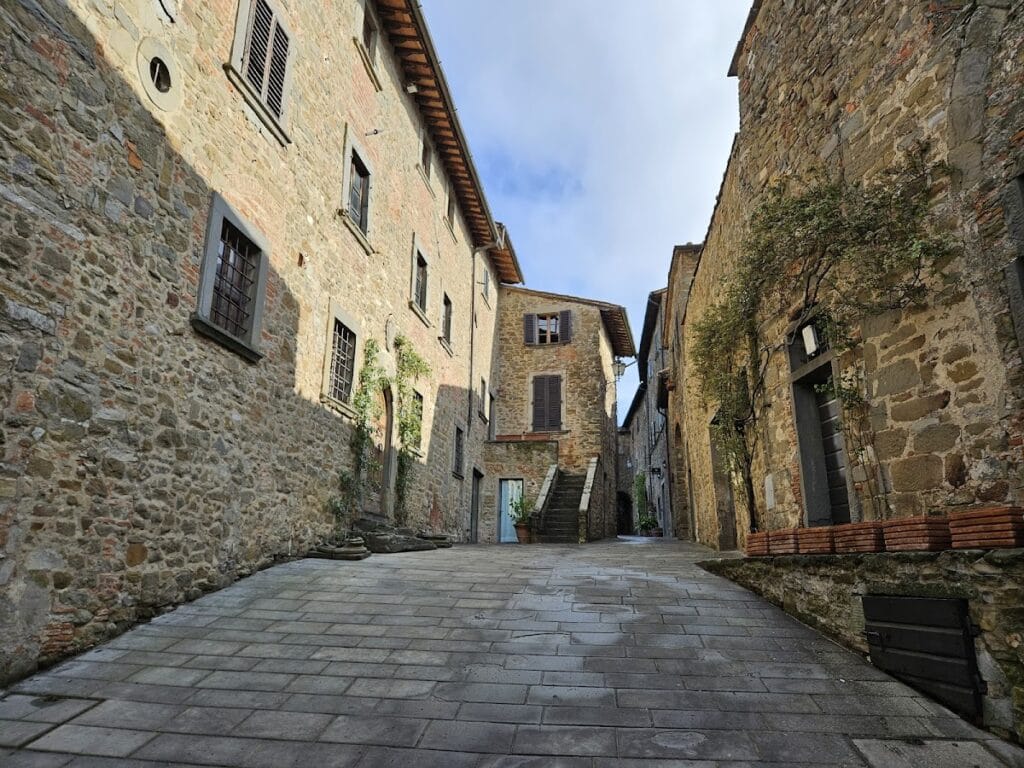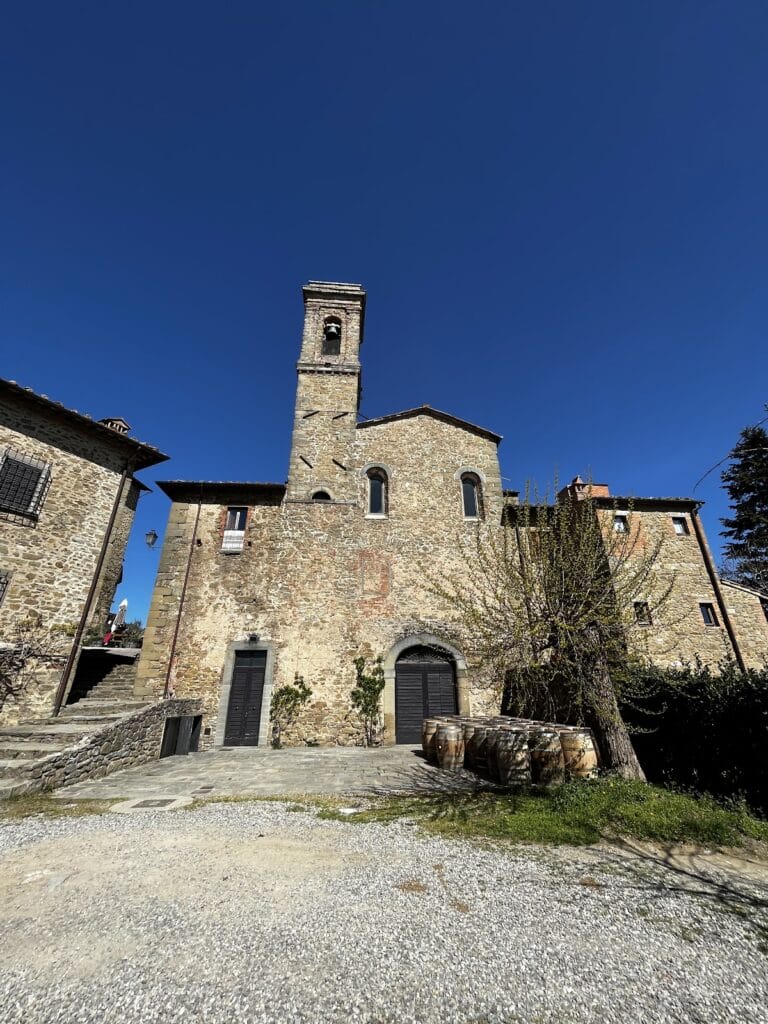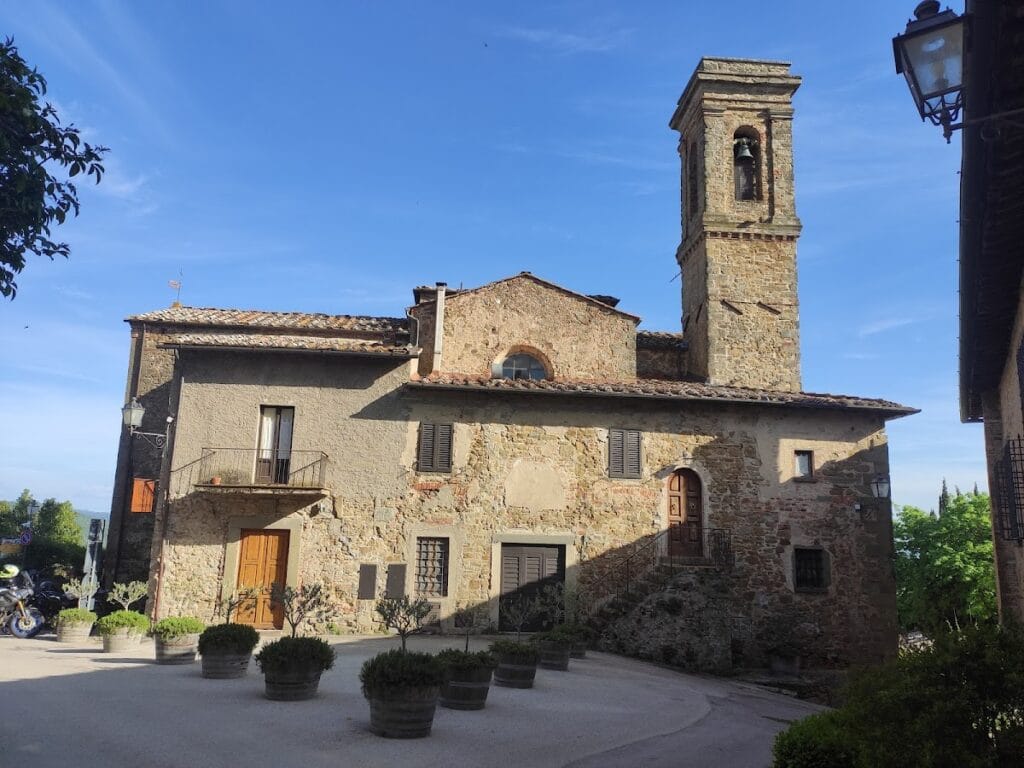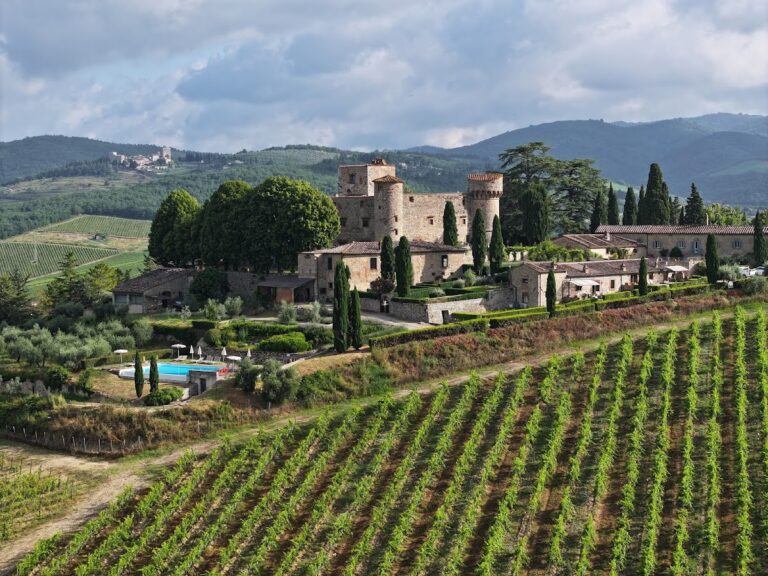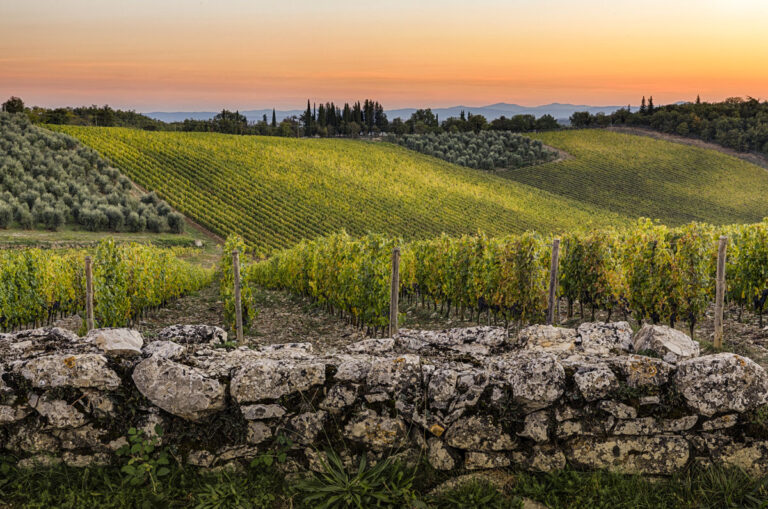Volpaia Castle: A Medieval Fortress in Radda in Chianti, Italy
Visitor Information
Google Rating: 4.7
Popularity: Low
Official Website: www.volpaia.com
Country: Italy
Civilization: Unclassified
Site type: Military
Remains: Castle
History
The castle of Volpaia is a medieval fortress situated in the municipality of Radda in Chianti, Italy. It was established during the early Middle Ages, likely by local Tuscan communities, and is first mentioned in official records in the year 1172.
From at least the 11th century, Volpaia belonged to the Florentine jurisdiction, known as the “Judicaria Florentina,” and by the mid-12th century, it was firmly within Florence’s territory. The site held a strategic position on a ridge dividing two small valleys that flow into the Pesa River. This location made it a vital border settlement between the Republics of Florence and Siena. In 1250, Volpaia became part of the “Lega del Chianti” and was included within the “Terzo di Radda,” administrative divisions under Florence. Ecclesiastically, it answered to the Diocese of Fiesole and was connected to the parish of Santa Maria Novella.
During the 15th century, the castle’s military importance became particularly pronounced due to the ongoing conflicts between Florence and Siena. It served as a defensive stronghold supporting Florence’s control in the Terzo di Radda. Volpaia endured several conflicts, including attacks led by the mercenary commander Alberico da Barbiano. The castle was twice invaded by Aragonese forces in 1452 and again in 1478. The latter event involved the castle’s capture by Siena and Aragonese allies, followed by a rebellion by the local inhabitants who seized the occupying commander. Despite this, the castle was retaken by allied forces before Florentine troops regained control. These hostilities concluded with the peace treaty of 1480.
Following Siena’s decline and eventual fall in 1555, Volpaia’s military role waned. The fortress gradually lost its defensive character, and parts of the castle were transformed into residential spaces during the 16th century. This period included architectural adjustments that reflected its new function as a residential complex rather than a fortress.
Religious life in Volpaia evolved alongside these changes. The castle’s original church dedicated to Saint Lawrence was secularized in the 18th century to make way for a newly built church elsewhere in the village. Additionally, the so-called Turmkirche, or tower church, dedicated to Saint Eufrosino, was constructed between 1443 and 1460. This church was built in connection with the Knights Hospitaller, who had a fiefdom granted nearby in 1443. The Turmkirche housed an important altarpiece by the Renaissance painter Cosimo Rosselli until its secularization in 1932.
Remains
The castle of Volpaia is arranged in a roughly elliptical shape, enclosed by defensive walls strengthened by several towers. The most prominent surviving tower is a large rectangular keep, situated adjacent to the original entrance gate. Although the original gate on the southwestern wall is no longer present, its existence is known from 18th-century drawings. Alongside the main tower, one smaller tower has also survived.
On the northern side of the castle, there stands a later addition: a small round tower featuring finely worked stone masonry. This construction differs markedly from the older sections, which use rougher sandstone blocks. The round tower likely dates from after the destruction caused by Aragonese forces in 1478 and reflects 15th-century advancements in military architecture aimed at better resisting attacks.
Inside the castle, a main longitudinal street divides the interior into two halves. This street would have served as the central thoroughfare during the castle’s active use.
The old church within the walls dedicated to Saint Lawrence has a near-rectangular floor plan with a single nave. Its facade features a pointed arch portal and a circular window known as a “round eye,” which has been bricked up. Inside, the original roof structure remains visible. The church’s masonry combines finely cut limestone elements, likely repurposed from earlier buildings (known as spolia), with fragments of sandstone. This contrasts with the castle’s oldest walls, predominantly clad in sandstone from local quarries, lending the fortress a darker appearance that is unusual in the Chianti region, where limestone is commonly used.
Architectural changes in the 16th century reflect the castle’s transition toward residential use. Renaissance-style doorways were introduced in some buildings inside the castle, and significant portions of the defensive walls were removed to make space for new houses.
In the surrounding area, two small religious chapels from the 17th century survive. The Ceppeto chapel is simple and unadorned, while the Madonna del Fossato chapel has a rectangular design. The latter includes a portico supported by gray stone pillars, accessible via a short, steep set of stairs. Inside, it contains a 15th-century fresco portraying the Madonna and Child, originally painted for a roadside shrine.
Nearby, the Turmkirche constructed between 1443 and 1460 stands as a distinctive building with architectural influences attributed to Michelozzo Michelozzi and Giuliano da Maiano. Associated with the Knights Hospitaller and their fief in the area, this tower church once displayed an important altarpiece by Cosimo Rosselli until its secularization in the 20th century.

